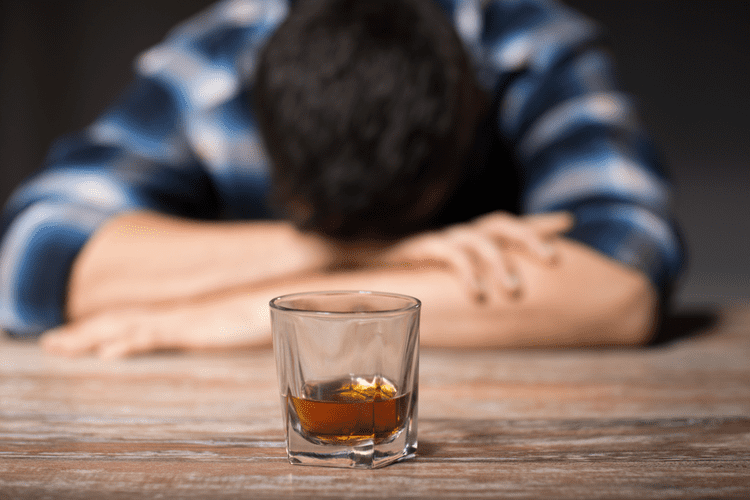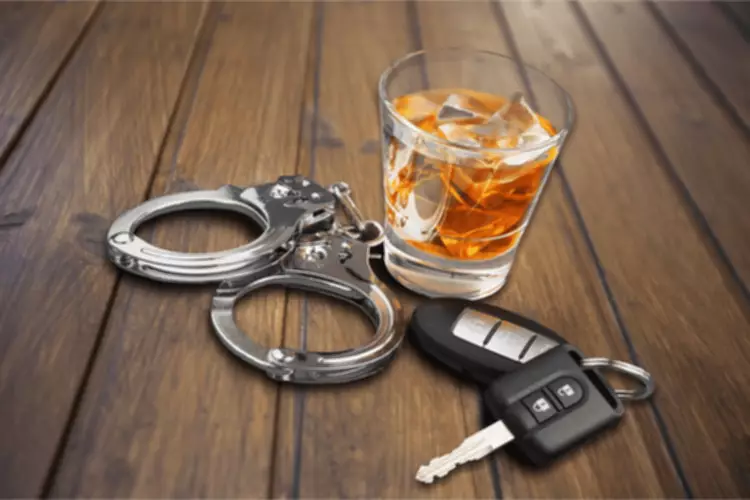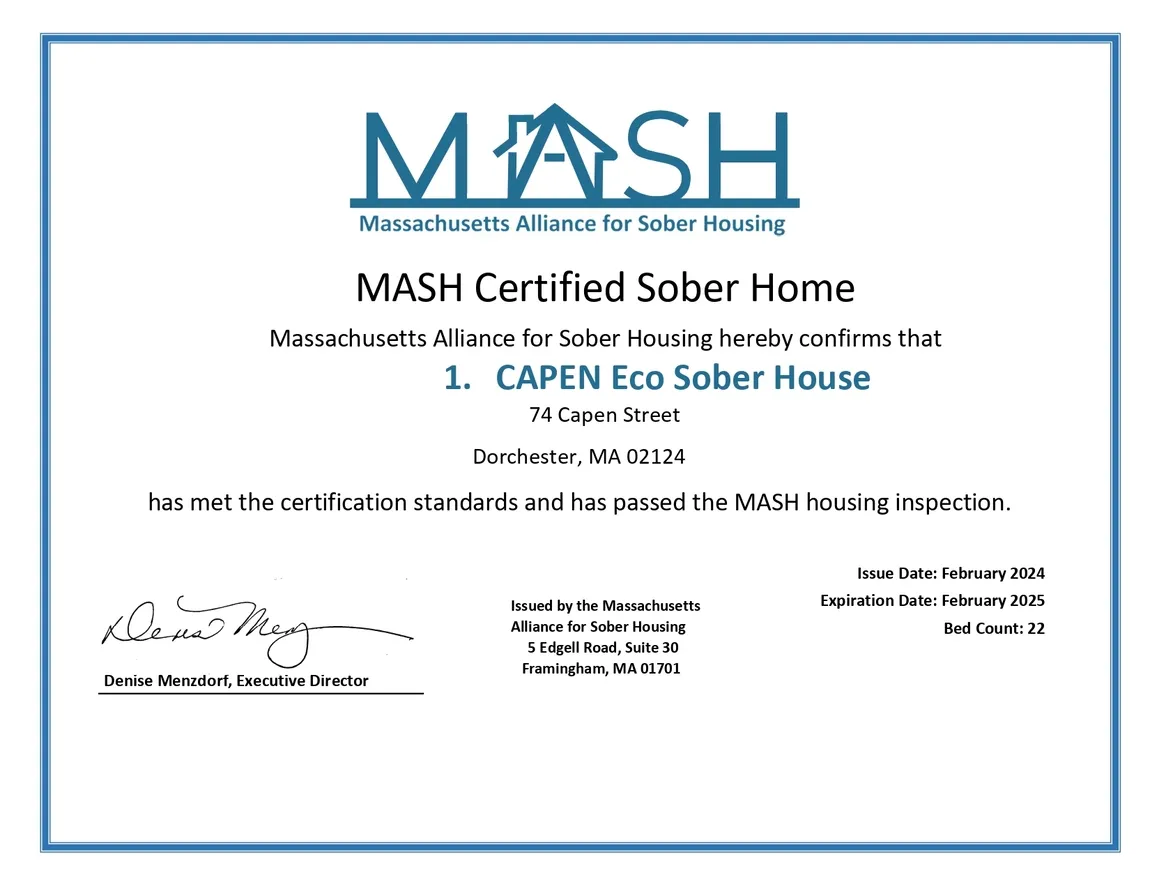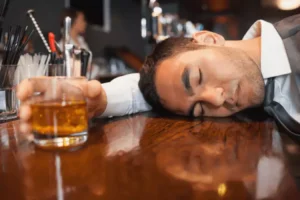Content
One potent factor in your sobriety journey is the reassurance that you aren’t alone. Knowing that there are others sharing similar experiences and offering unique advice can help you take a look at yourself with fresh eyes. When we aren’t posting here, we build programs to help people quit drinking.
The recovery stories they share are inspiring, funny and touching, providing hope to help others feel like they are not alone. With unique perspectives and honest discussions, these episodes are relatable and inspiring. Shane Ramer is the inspiring host of That Sober Guy Podcast. After struggling with substance use disorders from a young age, Shane sought out professional care and began his journey to recovery. Shane’s podcast is dedicated to helping others discover the benefits of sobriety and a life without substances.
Take a Break From Drinking
Ever wanted to participate in a virtual book club with your two smartest friends? Well, that’s what listening to Zero Proof Book Club, hosted by writers Shelley Mann Hite and Jackie Mantey, is basically like. It’s common to have the fear of missing out when first entering recovery. It may seem as if everyone you know is out to happy hour and you’re, well, not. This show is hosted by The Temper and HuffPost contributor, Laura Cathcart Robbins. The concept for this podcast came from being the only Black woman at Brave Magic, a writing retreat hosted by Elizabeth Gilbert and Cheryl Strayed.
Addiction has been a part of host Duane Osterlind’s life from the age of seventeen. He went to inpatient rehab for depression and teen substance abuse, and receiving intensive help at this young https://www.healthworkscollective.com/how-choose-sober-house-tips-to-focus-on/ age was a crucial moment in his life. As he gained support, developed new skills, and began to understand addiction, his depression lifted and drugs and alcohol became less critical in his life.
Top 10 Sobriety Podcasts
The hosts cover a range of topics like emotional sobriety and trauma, and have been sober for a combined almost 50 years. Soberful is full of advice for those who are sober curious, navigating the early stages of sobriety, or in long-term recovery. One of the unique strengths of this recovery podcast is that the hosts usually interview women, including moms, life coaches, authors, groups of women, and others. The podcast helps listeners to not feel ashamed about the fact that they have an addiction, so they can reach out for help.
How can I enjoy life without alcohol?
There are many different ways to find pleasure and enjoyment in life without alcohol. Some people find it through their hobbies, such as reading, playing sports, or gardening. Others find it through their relationships with friends and family. And still, others find it through their work or by giving back to others.
Most people with substance use disorder are likely to suffer from mental health conditions. If you also have a dual diagnosis, you must follow a collaborative treatment plan that can simultaneously address both disorders. The world of mental healthcare and counseling uses various terminologies to describe treatments, mental health conditions, and more. One such common phrase is ‘level of care,’ which signifies the extent of services a patient needs. You can learn much more about how to recover from drug and alcohol addiction from Steps Recovery Centers. When you’re recovering from an addiction, you need to build healthy new habits and daily routines.
Recovery Elevator
The Way Out is a weekly recovery podcast that offers insight from guests who have firsthand experience in the world of addiction. And aside from their stories, listeners often sober house rave about the knowledge and humor that hosts Charlie and Jason bring to every episode. After trying to get sober for nearly 10 years, Jessica Jeboult is now a Sober Girl.
She’s hosted fantastic guests including Taryn Strong of She Recovers and Martha Duke of Recovering Out Loud. Sober Awkward is one of the best sobriety podcasts out there, hosted by influencer Victoria Vanstone and her friend Lucy Good. In each episode, they openly talk about navigating the awkward moments in sobriety, like sober dating and dealing with the holidays. Recovery Happy Hour is a podcast hosted by Tricia Lewis, a woman in recovery who showed the world how life can improve after quitting drinking. On the podcast, she interviews people in recovery who have uplifting stories to share. From Vancouver, BC, talks about her sober date of July 2, the day after a Canada Day party.
Let’s Talk: Addiction & Recovery Podcasts
If you are struggling with addiction, it may seem like there is no end to it. Drug rehab in Payson will make addiction recovery possible for you. Recovery is undoubtedly a challenging journey, but there are better things laid out for you at… I am very happy to have found this podcast it gives me hope and one more reason to stay clean, thank you so much for this content and plz keep the episodes coming. The Addicted Mind Podcast is about understanding addiction, its impact and the latest treatment options available.
- In addition to these great resources, you can always post in the Monument Community chat, and check out our therapist-moderated online alcohol support groups.
- That’s the question being asked by host Alyson Premo, the founder of Sober Mom Tribe and the Sober Mom Coach.
- Started in 2018, Sober Pod is a recovery podcast hosted by a group of friends named Sam, Devin, and Chris.
Chase talks to Don and Sam about the mental obsession and physical reaction of alcohol, how AA commitments keep the obsession at bay, and about doing the right thing regardless of how you feel. In an “Ask it Basket” feature, Paul asks about the 5th Edition of the Big Book, Alcoholics Anonymous, and Jen a Delegate from the Conference Literature Committee gives an update. Not merely abusing alcohol, these sufferers become physically dependent on it, forming a chronic disease. Learn about the effects on the body, the brain, and the life of an alcoholic and ways to get help. In conjunction with programs, psychological help, and other tools (like podcasts), consider a sober stay at the all-male Ethos Recovery in west Los Angeles.
John has an extensive background in addiction treatment, operating multiple methadone clinics in the poverty stricken area of the Tenderloin in San Francisco. John has been involved in clinical trials related to MDMA, Methamphetamine, Alcohol, Suboxone, and many more. John is also CMO of the new alcohol addiction treatment program DxRx medical, which utilizes a phone app, breathalyzer, and medicine to help reduce or quit drinking. These podcasts are regular, inspirational reminders that recovery is possible and you won’t have to do it alone.












